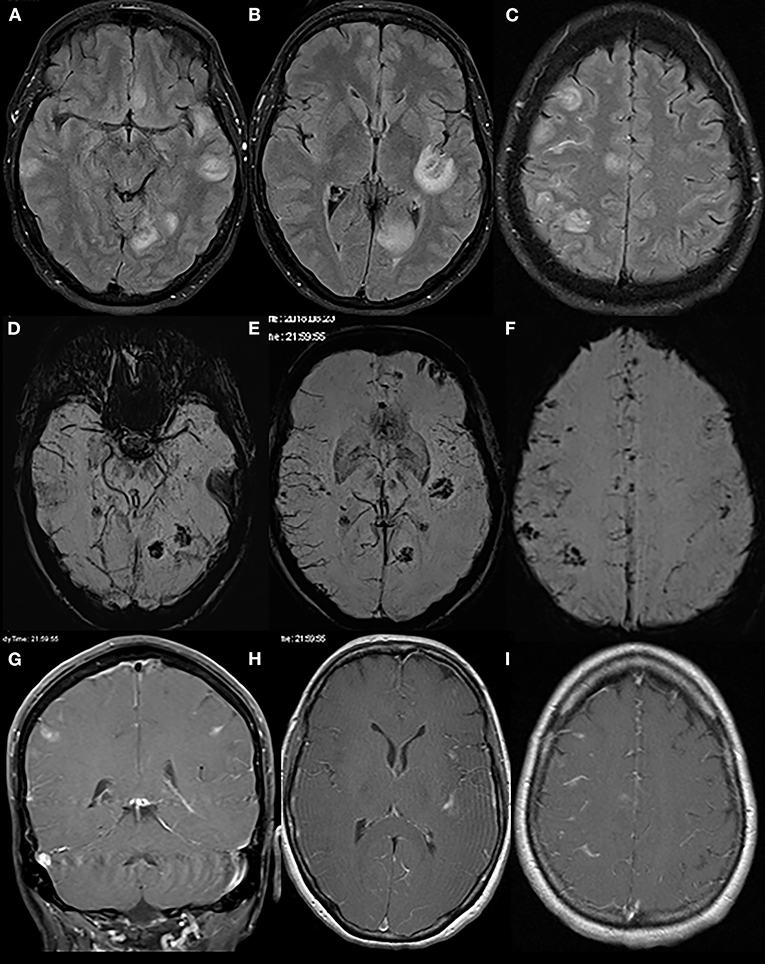

Finally, many of them have not adjusted prevalence and incidence estimates according to age or sex standards of reference populations (e.g. The studies also differ in terms of the source from which data were collected, ranging from population-based studies to hospital registries. Many of them have applied old diagnostic criteria, have not always taken into account the biological marker of the disease (anti-AQP4), have used detection techniques with different degrees of sensitivity or have not examined the presence of anti-MOG. Yet, the epidemiology of the disease is not well understood, as epidemiological studies carried out to date have been heterogeneous and cannot really be compared to one another. It is three to nine times more prevalent in women than in men the mean age of presentation ranges from 33 to 45 years, although onset in the paediatric or in old age has also been reported. NMOSD is a disease that occurs around the world. Therefore, many authors have adopted the term ‘anti-MOG-associated disease’ to refer to patients with these antibodies. Subsequently, they were identified in patients with a clinical phenotype of NMOSD, albeit with some distinctive clinical features, as well as a course and prognosis that differ from those of anti-AQP4 patients. Anti-MOGs were initially described in paediatric patients with demyelinating inflammatory episodes of the central nervous system, mainly acute disseminated encephalomyelitis. Recently, a new antibody has been identified in the 40-50% of these patients who are seronegative for anti-AQP4: antibodies against myelin oligodendrocyte glycoprotein (anti-MOG). However, anti-AQP4 is not detected in the serum of 20-25% of NMOSD patients, despite using the most sensitive techniques. In these criteria, the terms NMO and neuromyelitis optica spectrum (NMOSD) were merged into a single term, NMOSD, and the diagnostic criteria were divided according to the presence/absence of the anti-AQP4 antibody. In addition, anti-AQP4 contributed to the development of the diagnostic criteria and have gained notable relevance in the more recent criteria from 2015. incoercible hiccups or vomiting due to involvement of the bulbar area postrema, hypersomnia due to diencephalic involvement or encephalopathy). The discovery of a disease-specific antibody directed against the aquaporin-4 water channel (anti-AQP4) provided insight into the pathophysiology of the disease and expanded the clinical phenotype beyond the classic optic-spinal topography (e.g. The characteristic symptoms in 95% of patients are attacks, with significant long-term sequelae: 36% will have permanent motor disability 42%, visual impairment and 23% will be confined to a wheelchair. Neuromyelitis optica (NMO) is an idiopathic autoimmune disease that is characterised by the presence of inflammatory lesions that affect different structures in the central nervous system, although predominantly the optic nerve and the spinal cord. Keywords Aquaporin-4 antibodies Epidemiology Latinoamerica MOG antibodies NMOSD NMOSD criteria Categories Calidad, Gestión y Organización Asistencial Técnicas exploratorias The homogenisation of criteria and the use of similar diagnostic techniques and standardisation methods must be implemented for the correct study of the epidemiology of NMOSD. Although Latin American studies are scarce, the findings described are associated with their ethnic mix. Finally, epidemiological variables, such as belonging to the black race, being of older age at onset and being female, are associated with a worse functional prognosis.ĬONCLUSIONS Epidemiological data on NMOSD vary from one study to another, largely due to discrepancies in the methodological designs. The Latin American population has particular epidemiological characteristics linked to its racial and genetic mix. The frequency increases in parallel to age, with a peak incidence/prevalence in the 40-59 age range. However, in general terms, NMOSD is distributed worldwide with an incidence/prevalence that is higher in women than in men, and in Asian and African-American countries than in Western countries. The methodology used in the studies varies essentially in the application of different diagnostic criteria, sources of records, antibody detection techniques and standardisation methods. ABSTRACT INTRODUCTION This epidemiological review on neuromyelitis optica spectrum disorder (NMOSD) focuses on describing the methodologies employed in studies conducted under the 2015 NMOSD criteria and the studies conducted in Spain and Latin America, as well as examining factors related to the prognosis of the disease.


 0 kommentar(er)
0 kommentar(er)
